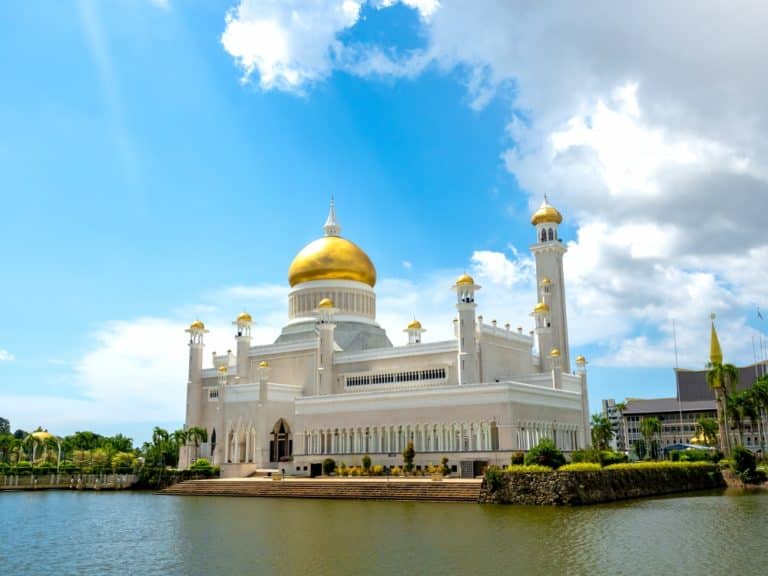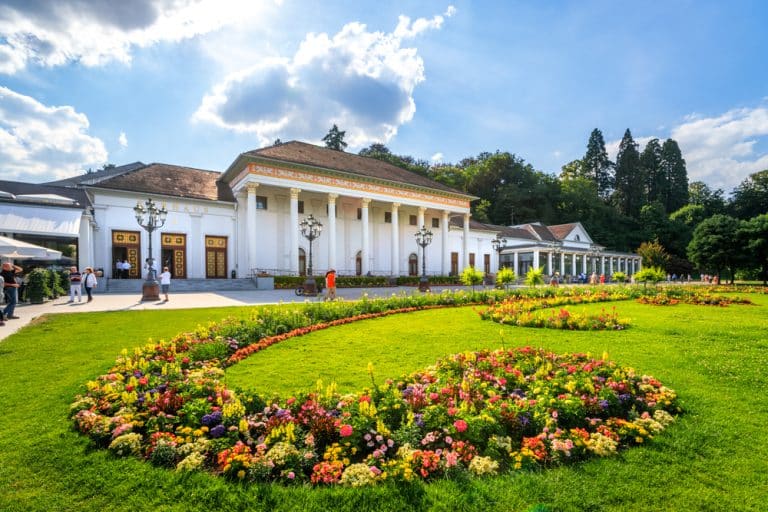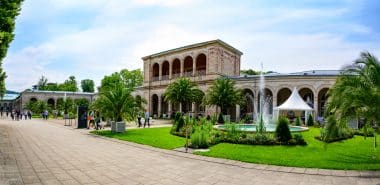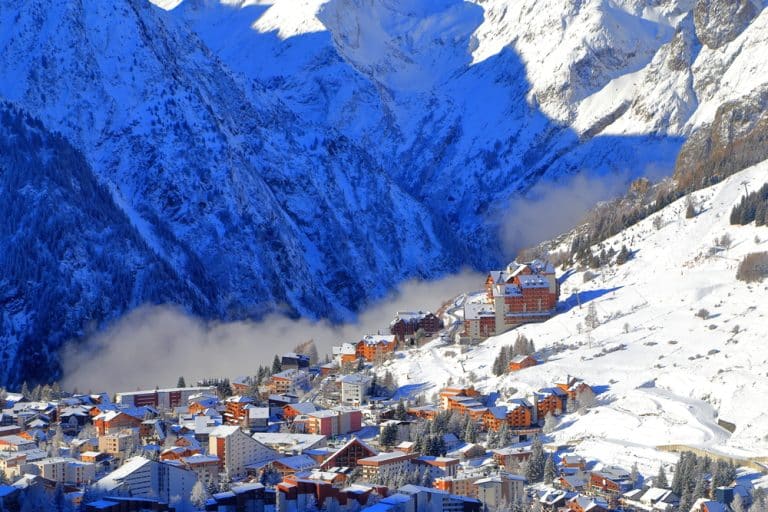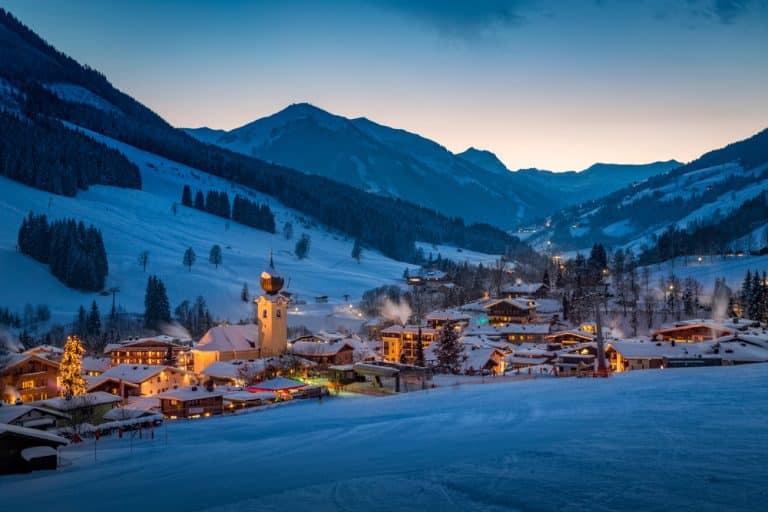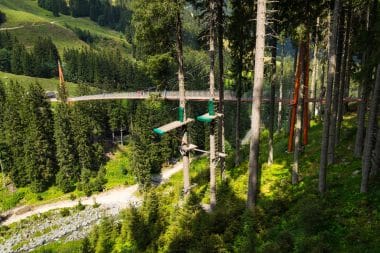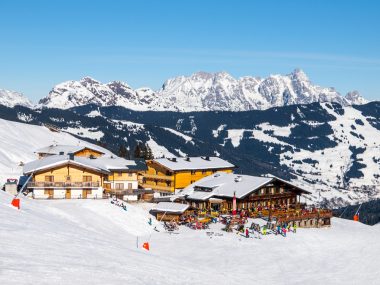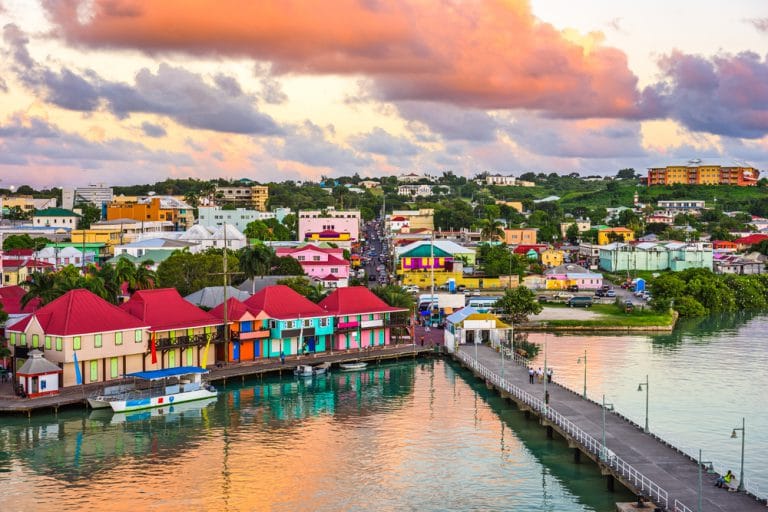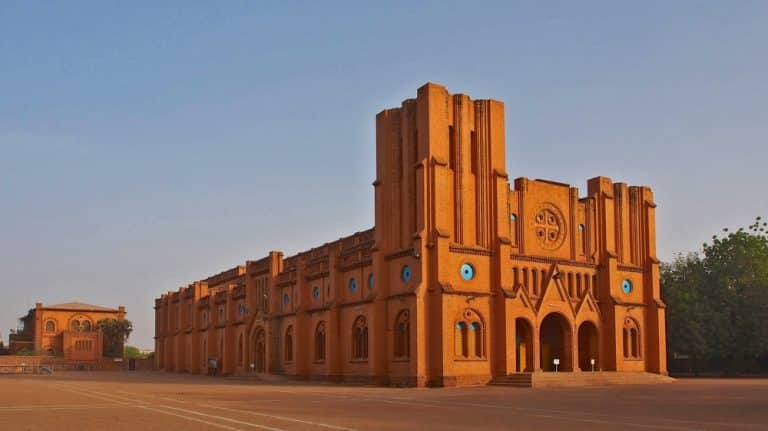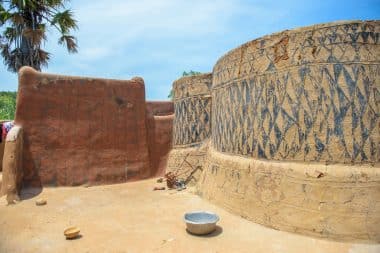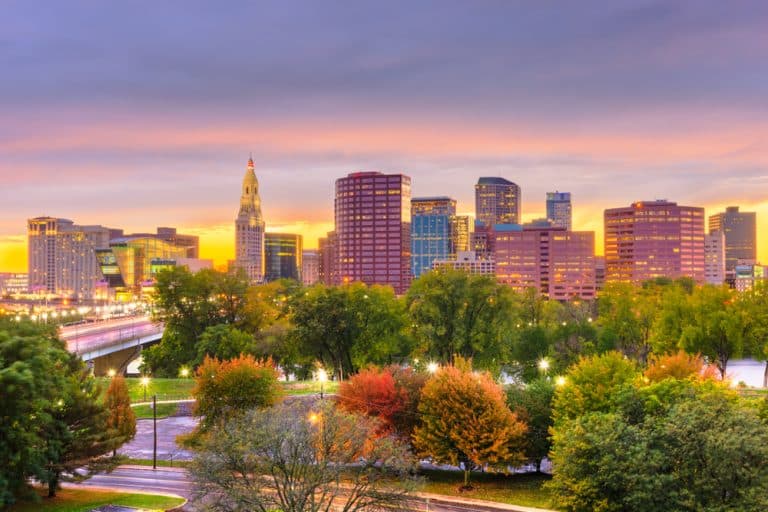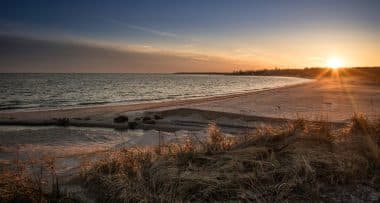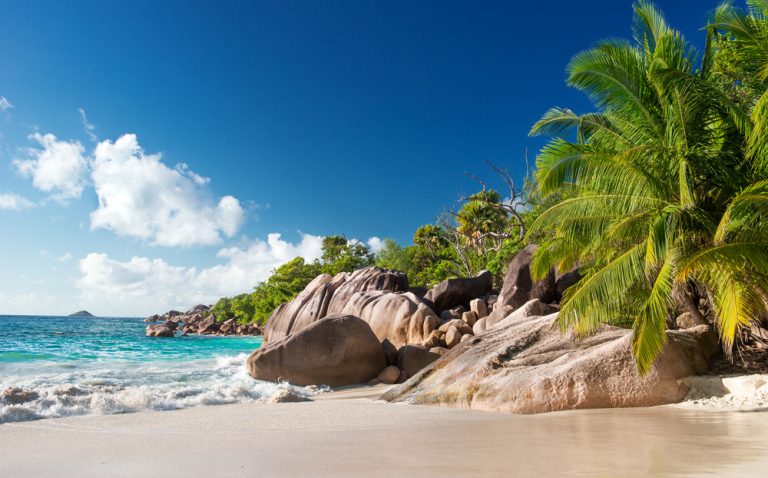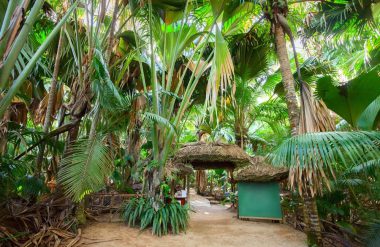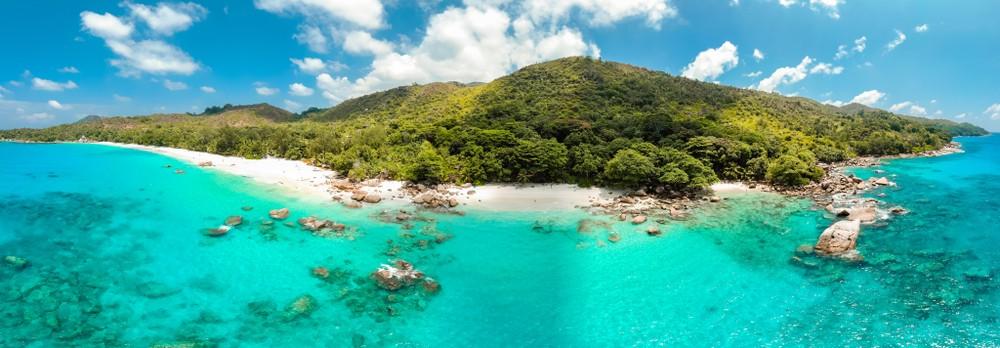Brunei, a small state on the island of Borneo, is known for its rich cultural heritage and picturesque landscapes. The country’s full official name is Brunei Darussalam, where the term “Darussalam” means “abode of peace” in Arabic. Although Brunei is one of the smallest countries, the sultan is the richest monarch in the world and the people have the highest per capita income in the world. Education and health care are free and there is no income tax. From the opulent Sultan Omar Ali Saifuddien Mosque to the lush greenery of Ulu-Temburong National Park, Brunei offers plenty of activities for culture buffs and nature lovers.
Getting to Brunei
Since December 2018, the national airline Royal Brunei Airlines (RB) has been connecting 22 destinations in Asia, the Middle East, Europe and Australia with the Sultanate. Brunei International Airport is only a 15-minute drive from the state capital. A number of other airlines such as AirAsia, Malaysia Airlines, Singapore Airlines, Cebu Pacific and Lucky Air also offer flights to Brunei. In addition, there are four ports around Brunei to enter by land.
What is the best time to visit Brunei?
The dry season from January to May is considered the best time to visit Brunei. Compared to the rest of the year, there is less rainfall and lower humidity during this time, so travelers benefit from optimal climatic conditions for outdoor activities and sightseeing. Most of the time, the temperatures are between 23°C and 31°C. The dry season is great for exploring Brunei’s natural beauty, including visits to Ulu-Temburong National Park, beaches, and other outdoor destinations.
Well-known sights
- The iconic Sultan Omar Ali Saifuddien Mosque impresses with its imposing architecture and picturesque lagoon.
- Istana Nurul Iman, the official residence of the Sultan of Brunei, is open to the public, while Hari Raya is open to the public.
- The Royal Regalia Museum displays royal regalia, artifacts, and gifts to the Sultan.
- The Jame’Asr Hassanil Bolkiah Mosque, the largest religious building in Brunei, is known for its impressive architecture and intricate details. Up to 5,000 believers can be accommodated here at the same time.
- Kampong Ayer, the “Venice of the East”, is considered one of the largest stilt villages in the world, showcasing traditional wooden houses and cultural heritage. The best way to experience this picturesque water village is on a river cruise on the Kampong Ayer.
Hiking in National Parks

Known as Brunei’s “Green Jewel”, Ulu-Temburong National Park delights with its pristine rainforest and biodiversity. The Canopy Walkway, a popular hiking trail, offers breathtaking views of the rainforest. The trail involves walking on elevated platforms and climbing several ladders.
Bukit Shahbandar Forest Recreation Park is located near Bandar Seri Begawan and consists of a series of nine hills. Different hiking trails with different lengths and levels of difficulty are suitable for both beginners and experienced hikers.
Festivals in Brunei
- Ramadan is a holy month in the Islamic calendar in which Muslims around the world fast. Visitors to Brunei can experience Islamic traditions and the cultural heritage of the Sultanate during this time.
- Pesona Warisan Brunei is a two-week festival that celebrates Brunei’s culture and traditions.
- Royal Brunei Armed Forces Day celebrates the founding of the Brunei Armed Forces. The festival takes place from May 31 to June 1.
Tips for your trip
Brunei is a Muslim country, so it is recommended to dress modestly. Women should wear long pants or skirts and cover their shoulders. Men are best off avoiding shorts. As this is a conservative country, it is important to respect local customs and refrain from showing affection in public. Also, travelers should ask residents before taking photos. Although credit cards are accepted in hotels, restaurants, and shopping malls, it’s a good idea to always have cash with you.
The official language is Malay and English is well understood in tourist areas. However, learning a few phrases of the local language brings some advantages and the inhabitants are usually very pleased. Travelers should remember to pack insect repellent to protect themselves from mosquitoes and other insects.
Brunei offers numerous local delicacies such as ambuyat, a specialty made with ingredients from the sago palm. When eating, you only use your right hand and in traditional environments it is often necessary to sit on the floor. Local SIM cards are available at Bruneis Airport and in the city. Well-known providers that travelers should prefer are DST and Progresif. A wifi connection is guaranteed by most hotels, restaurants and some public places.


